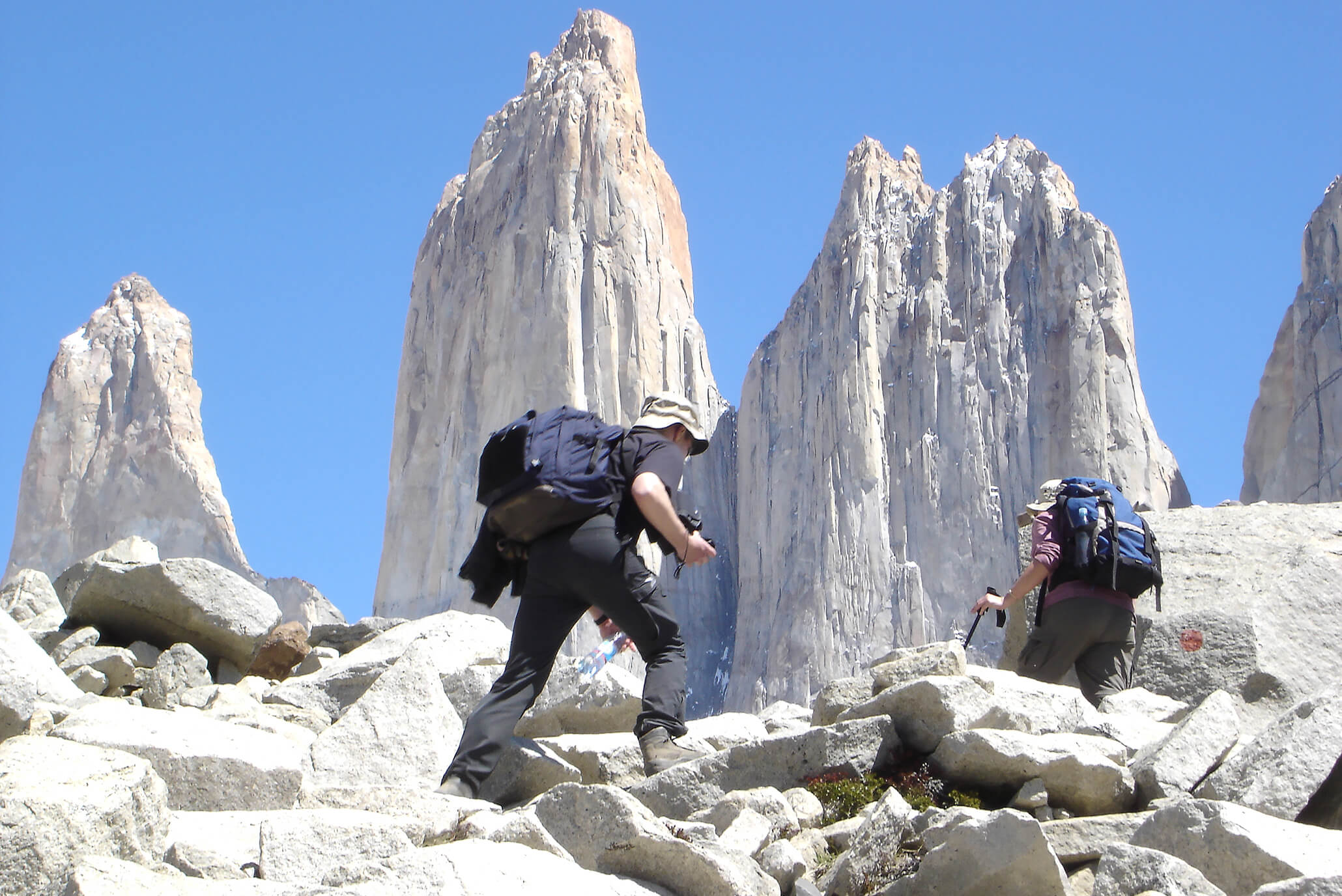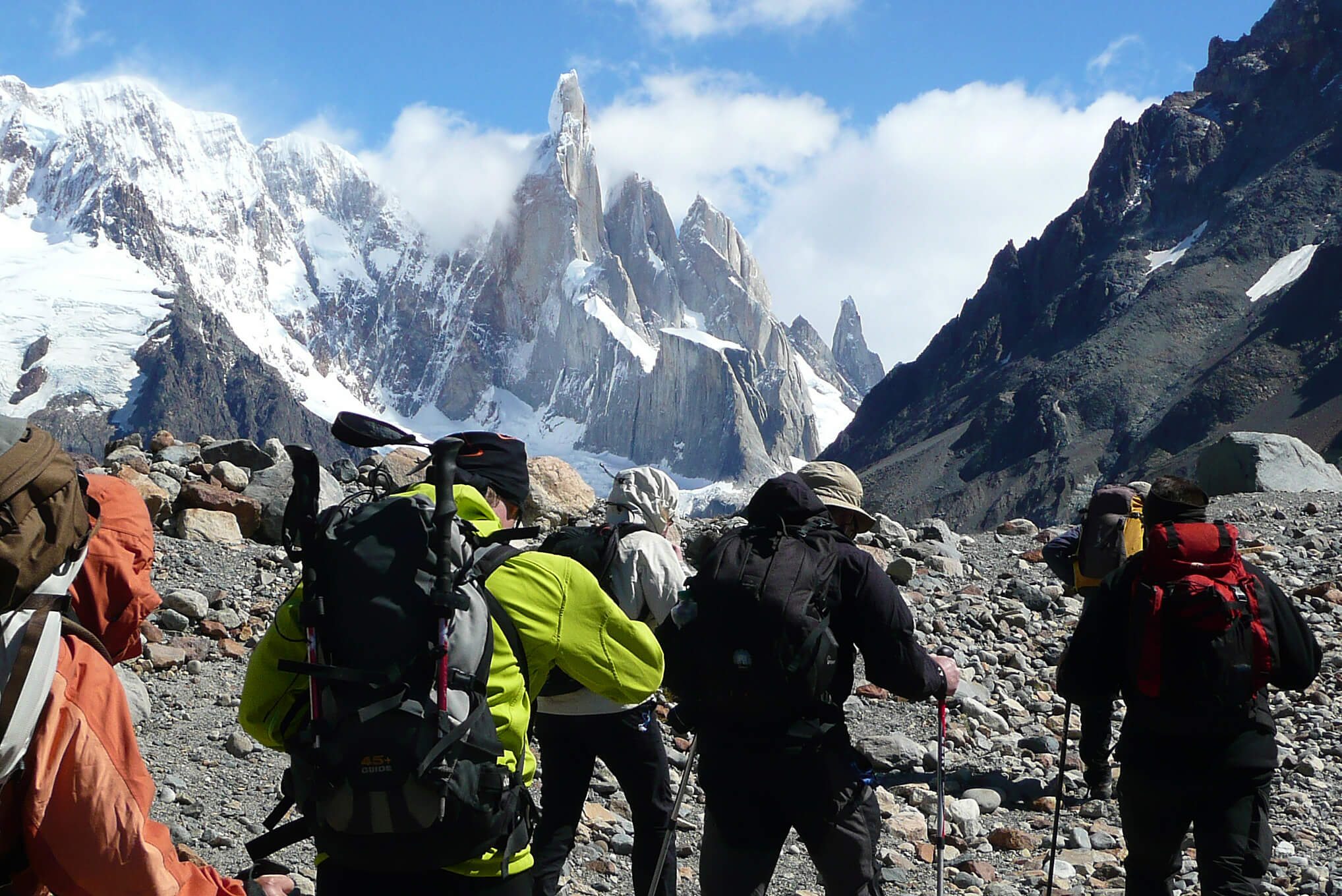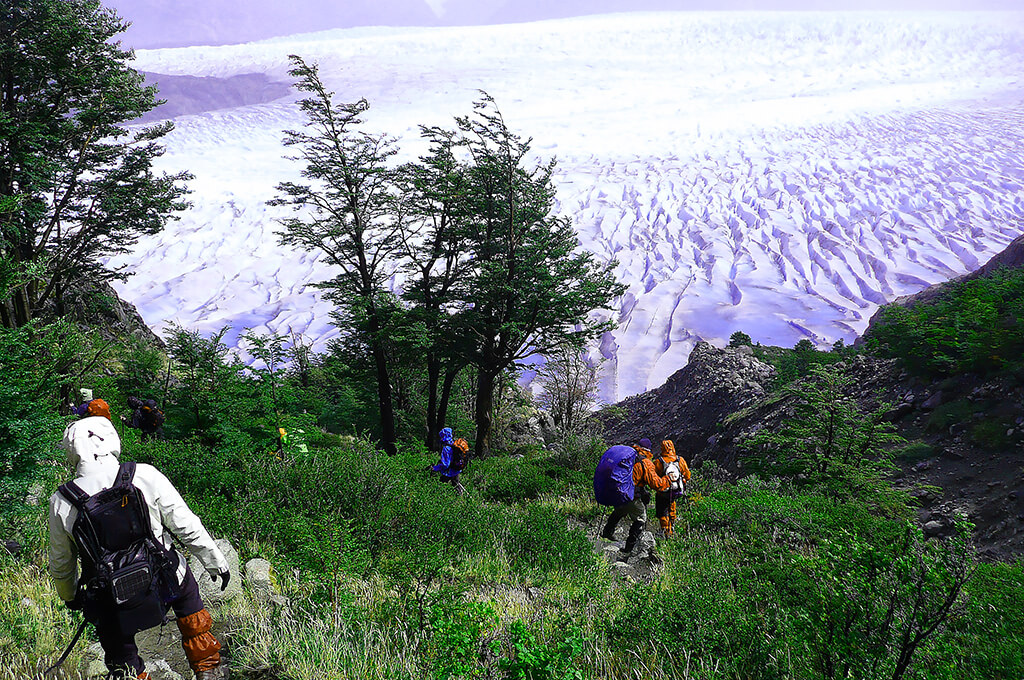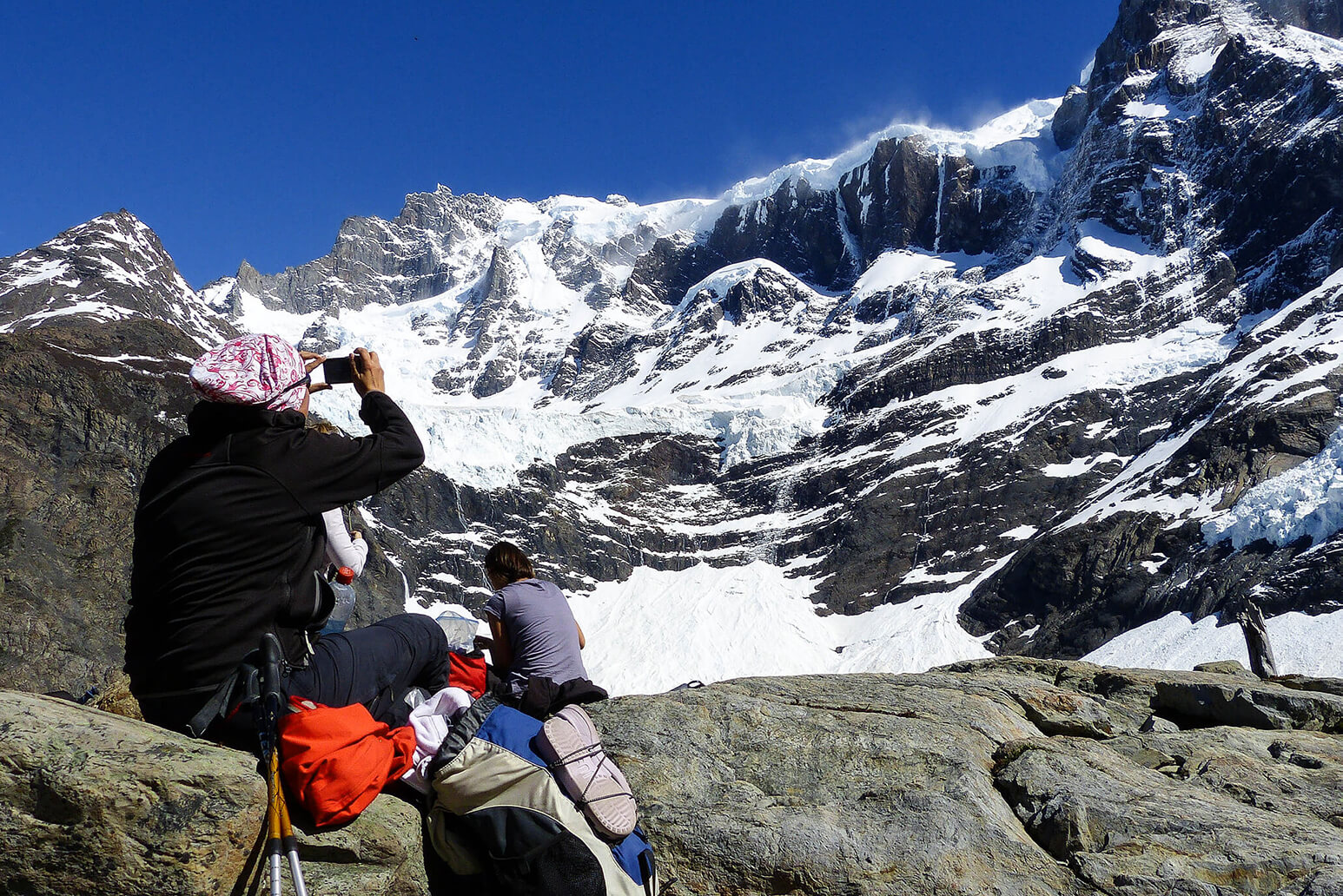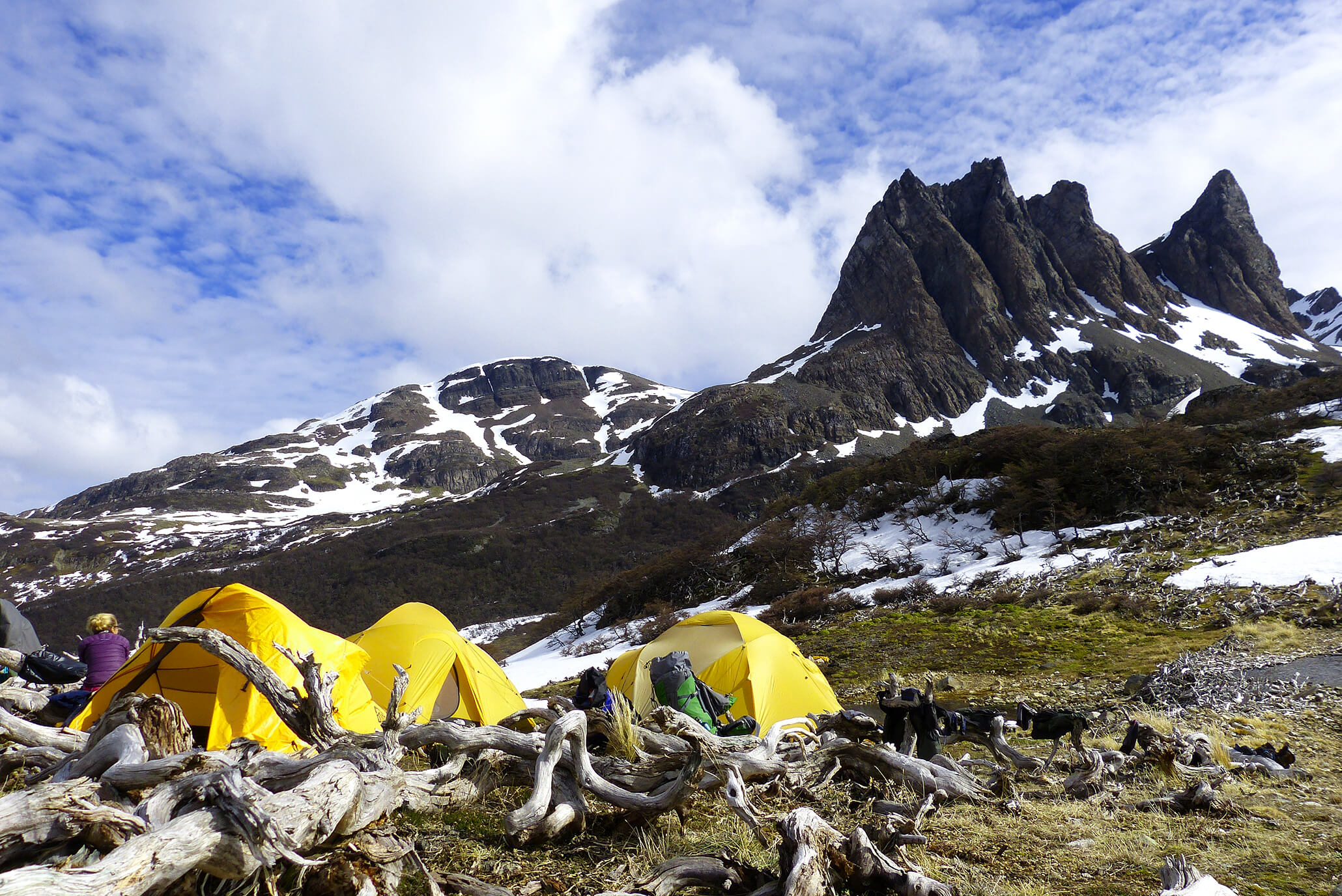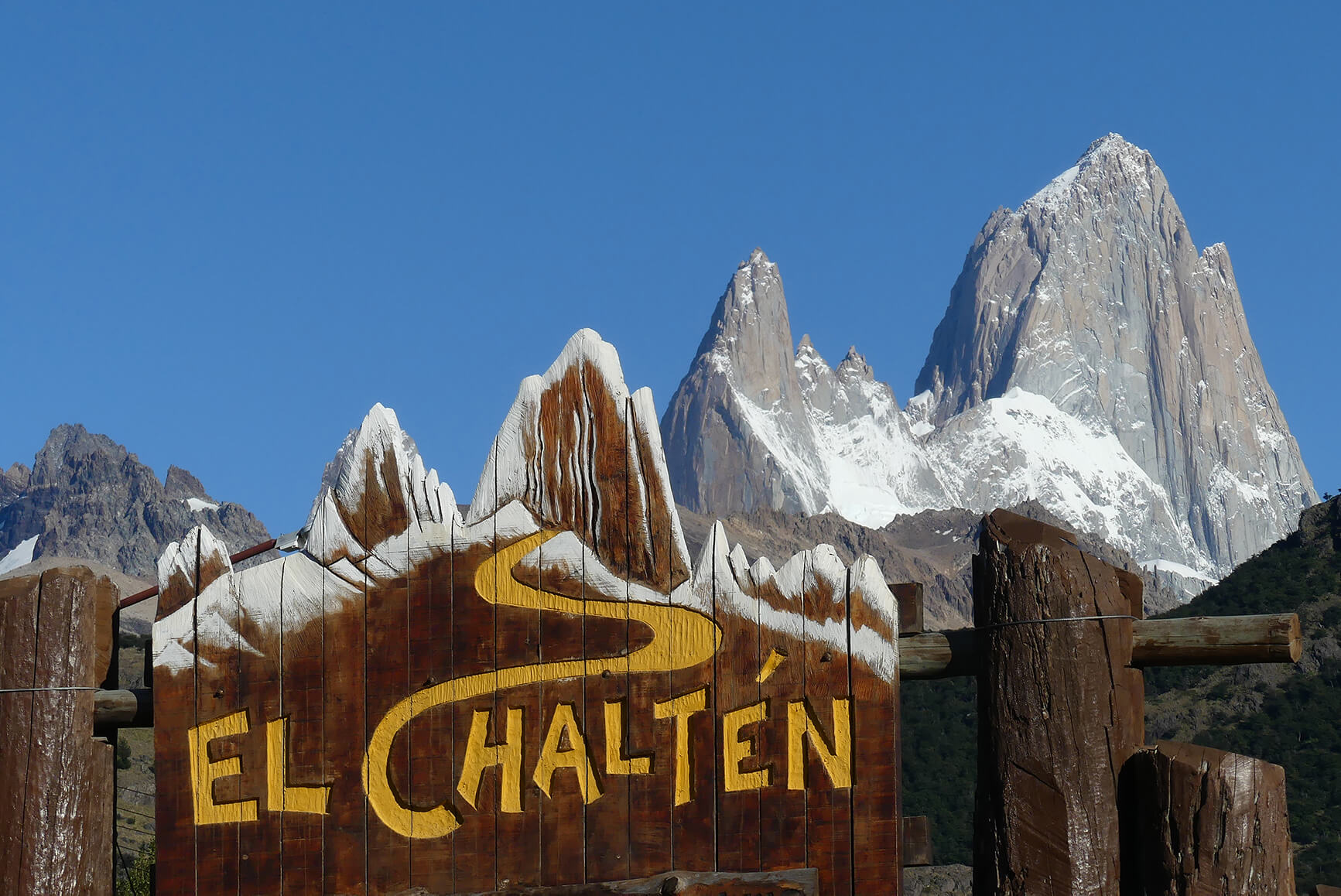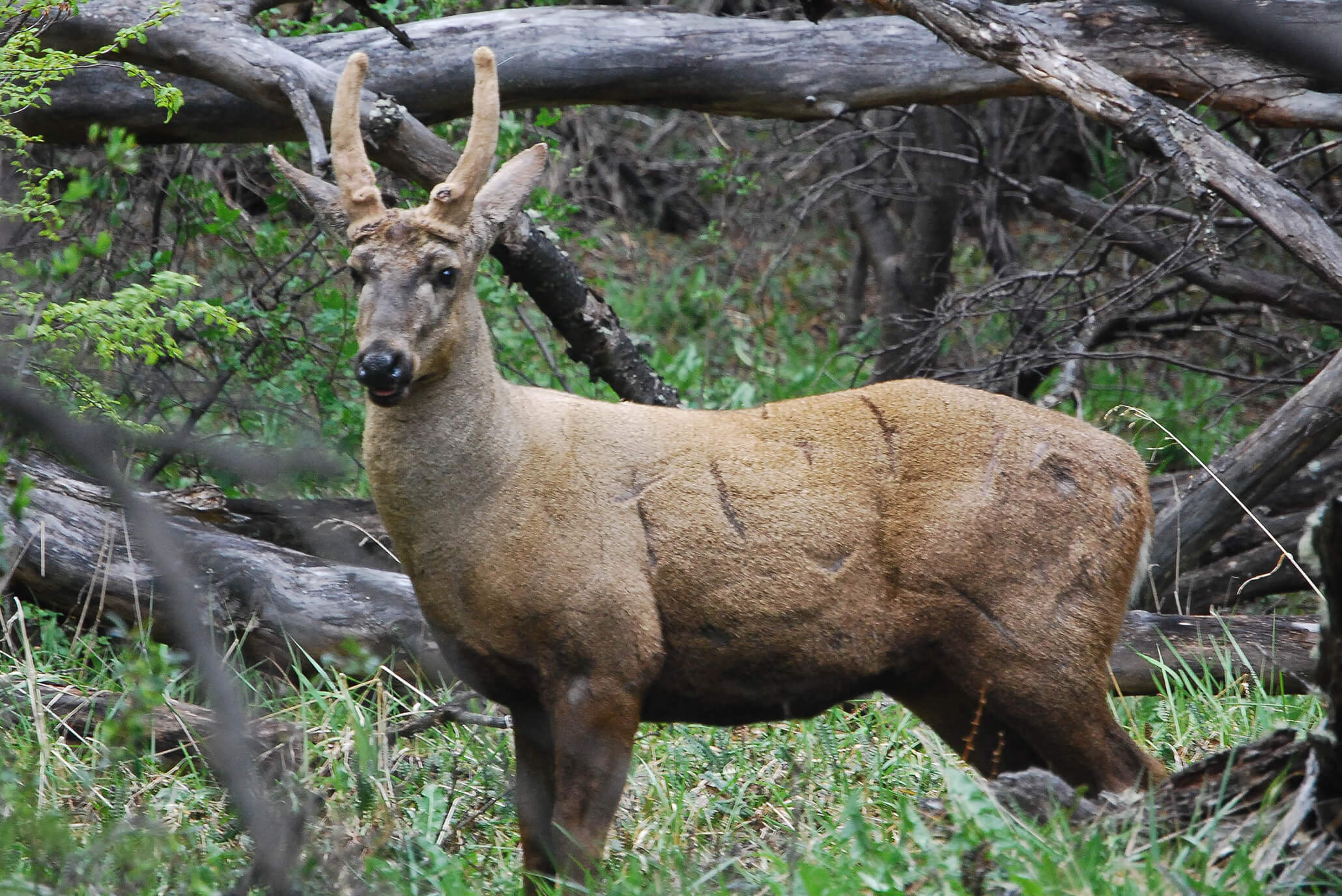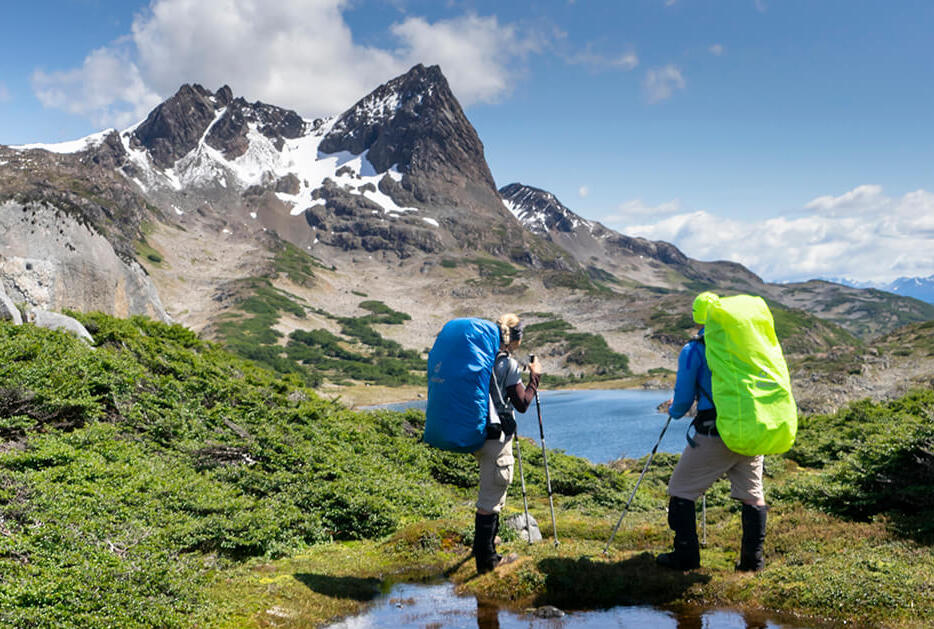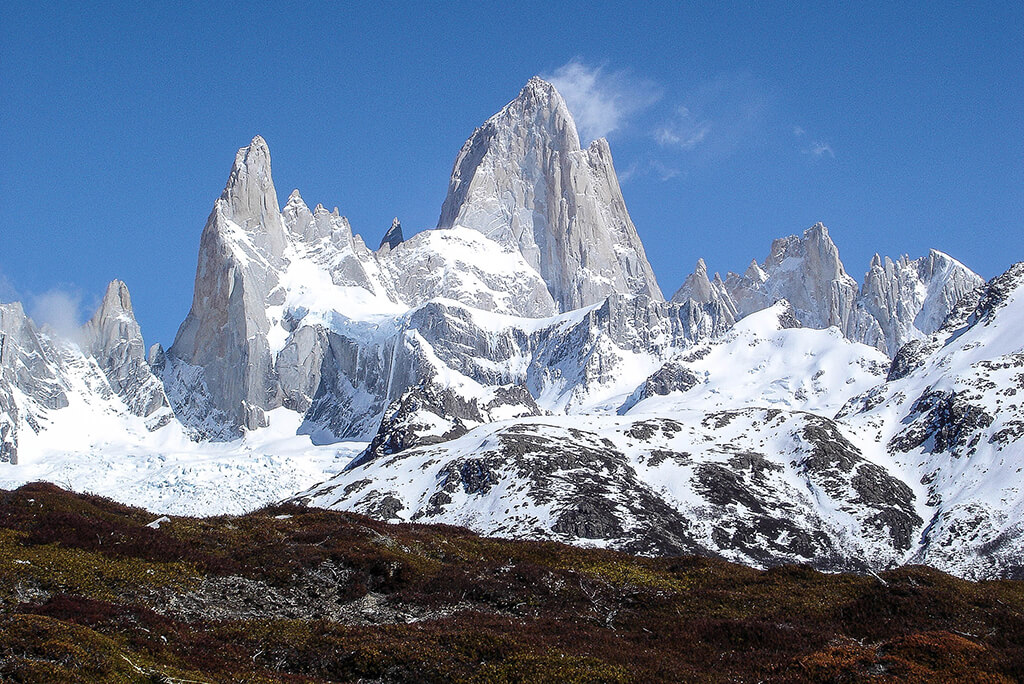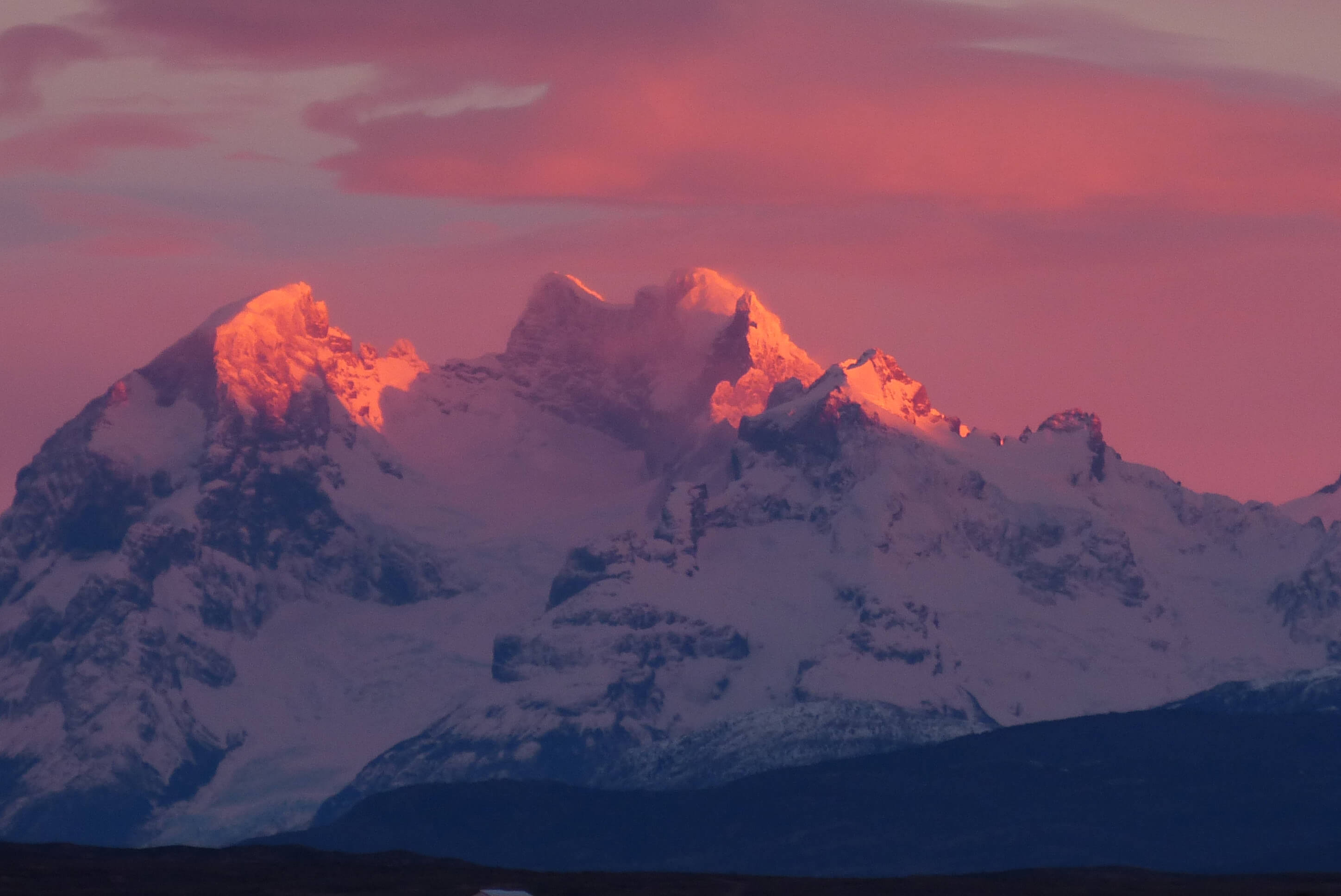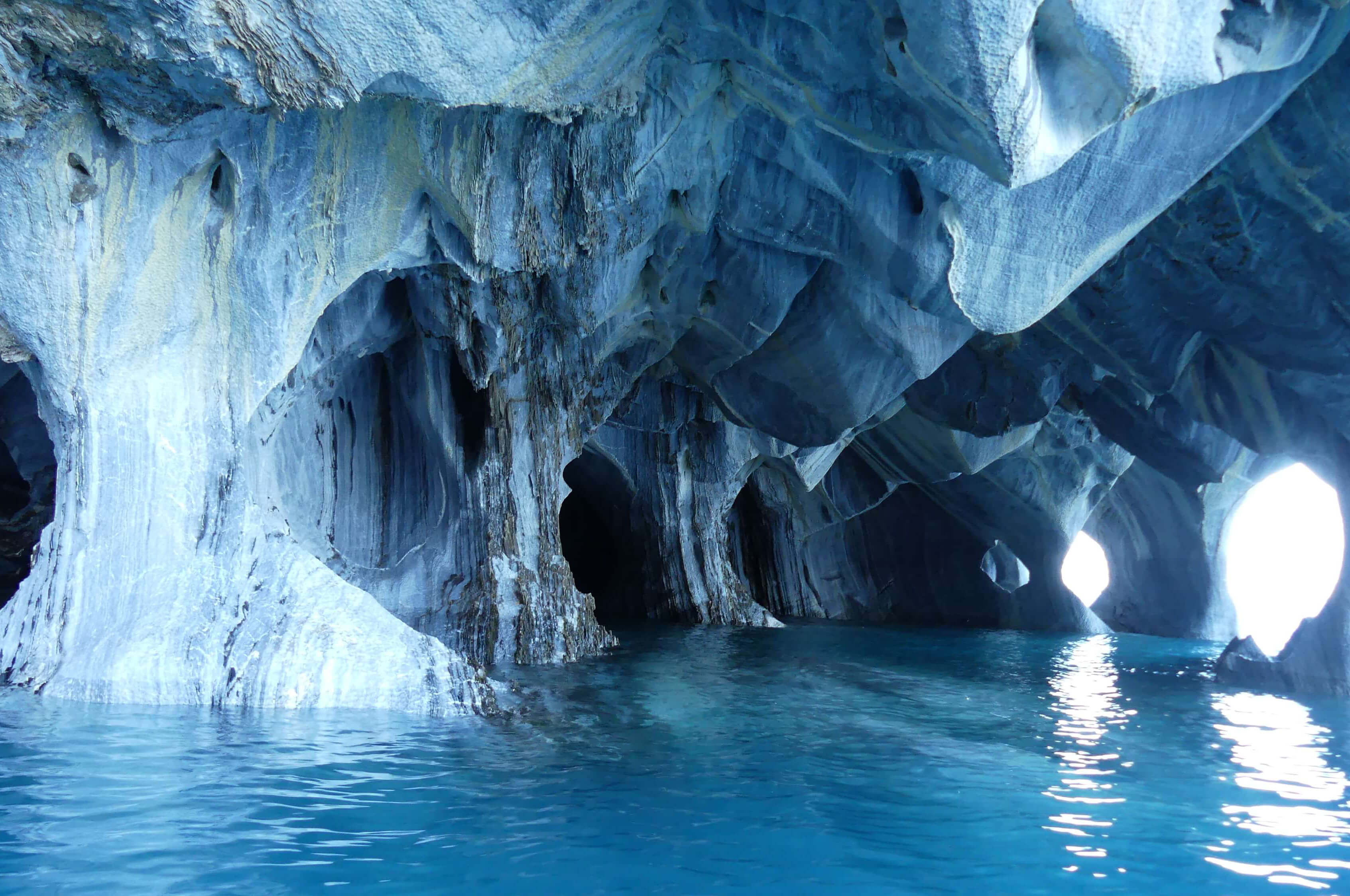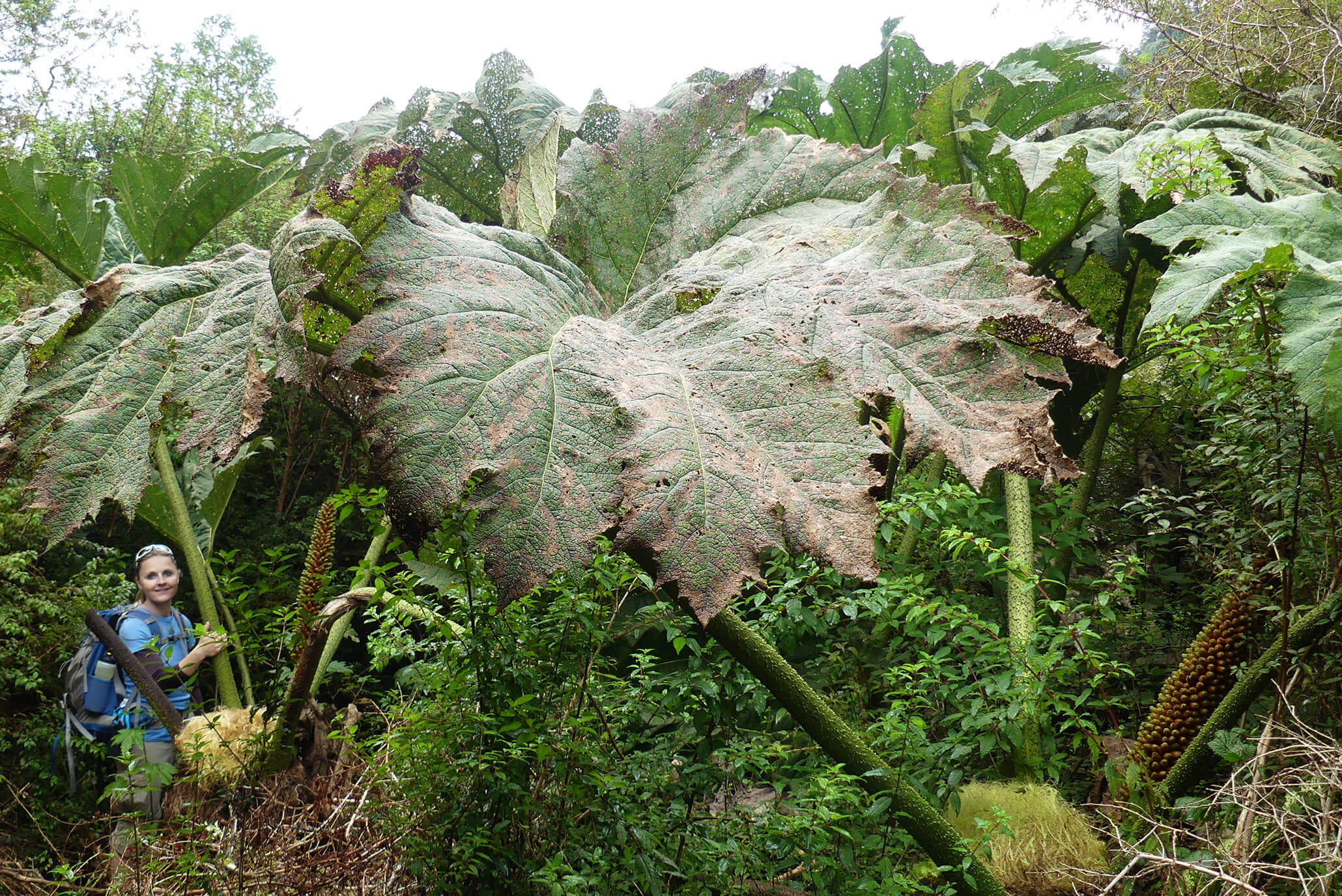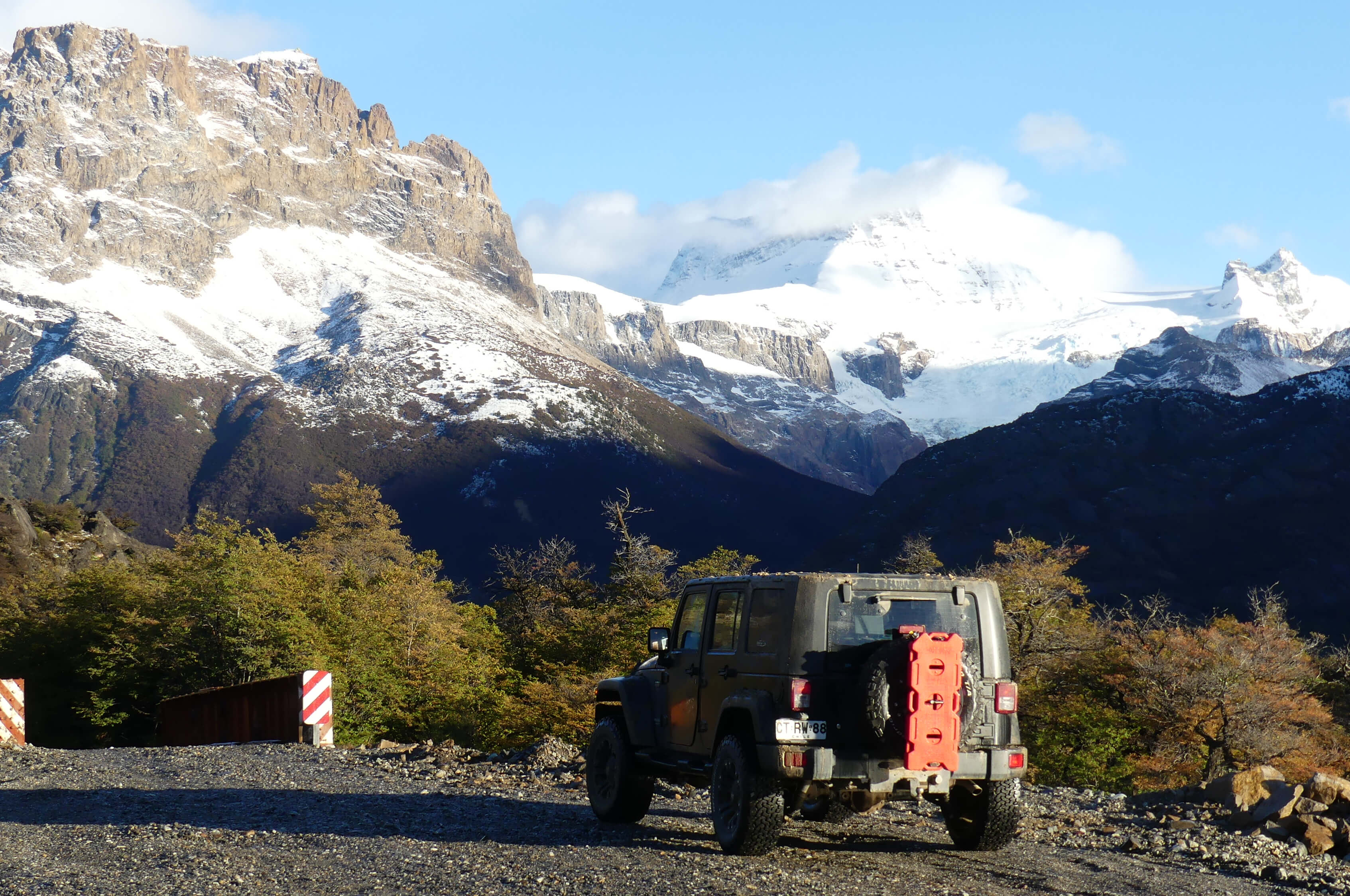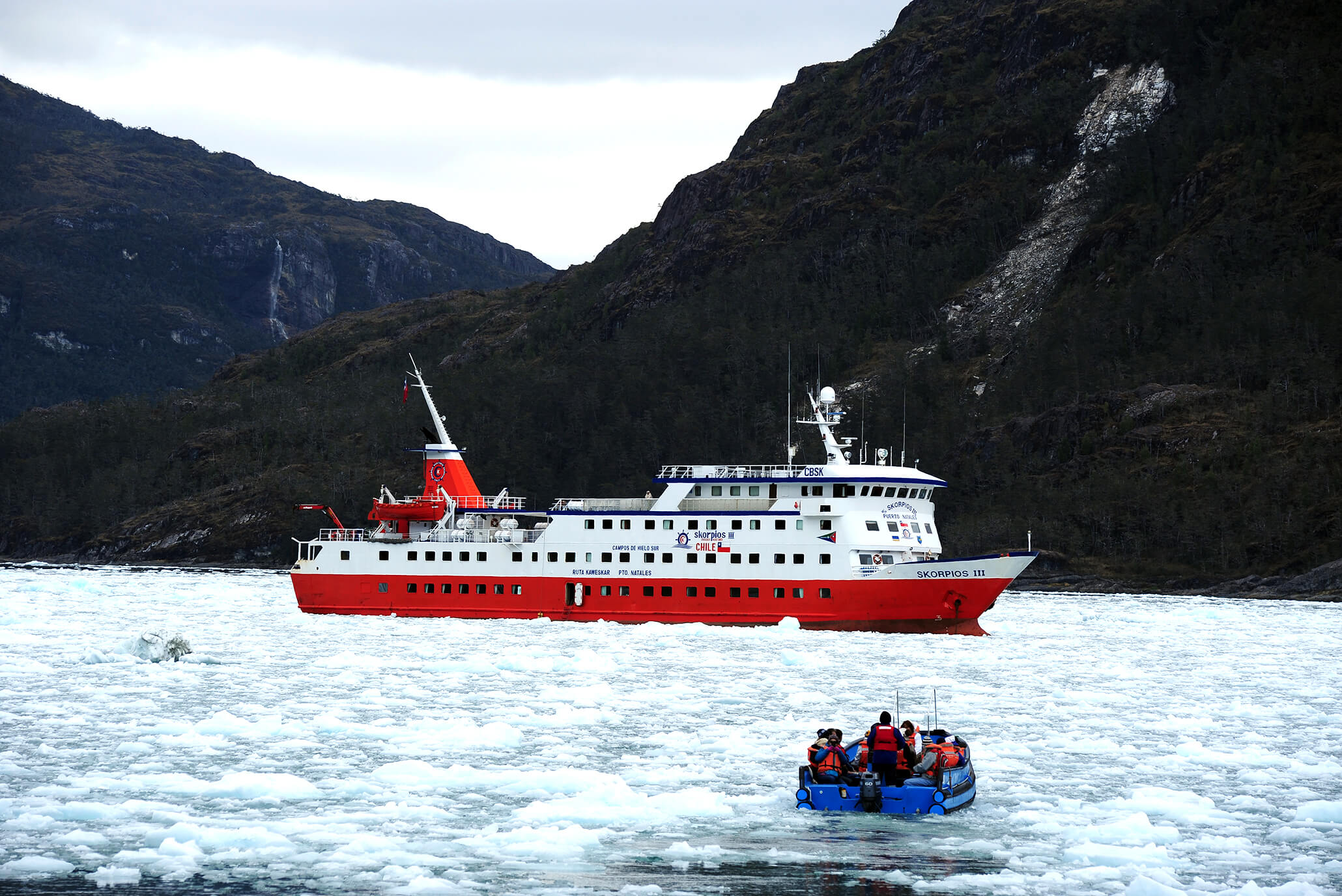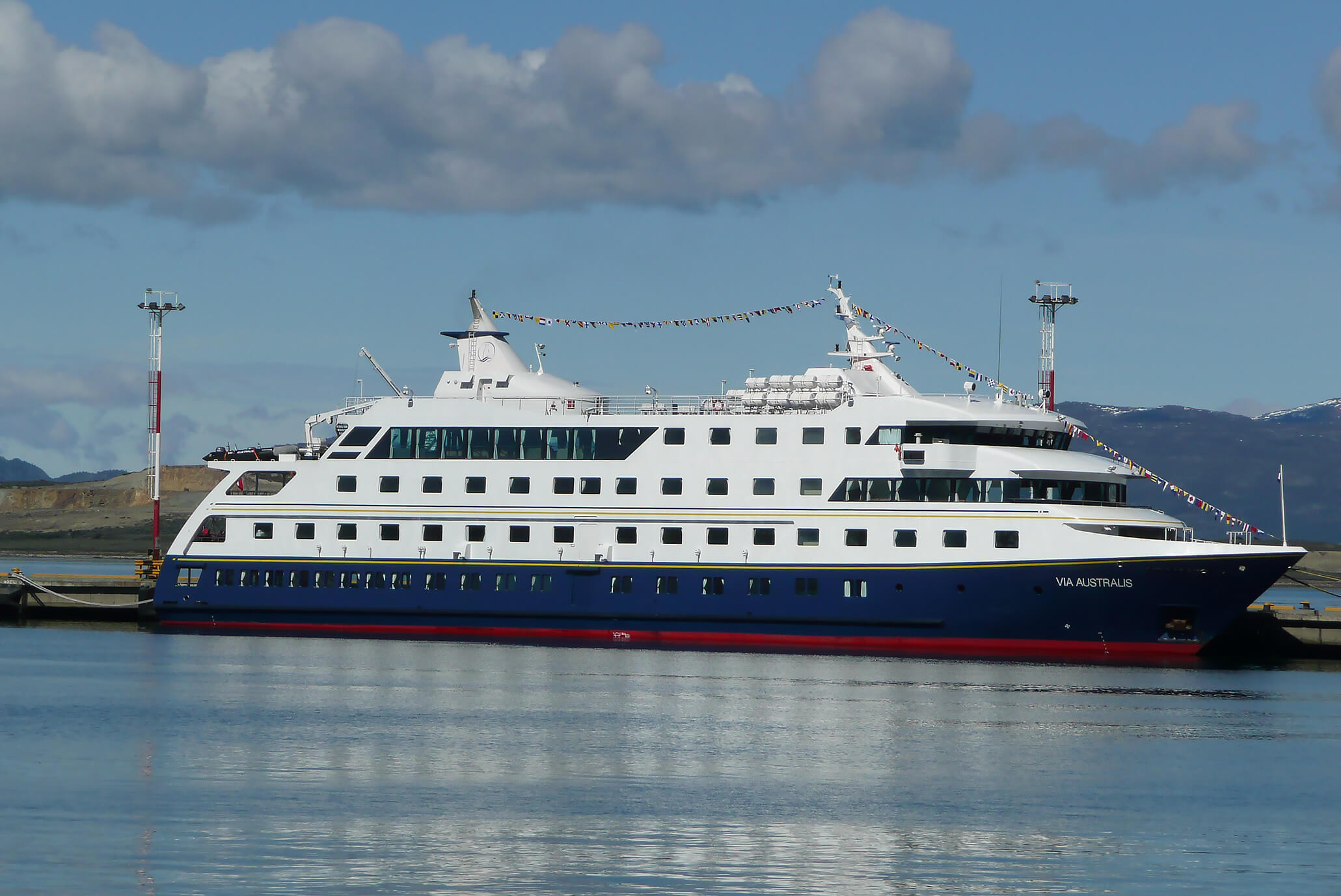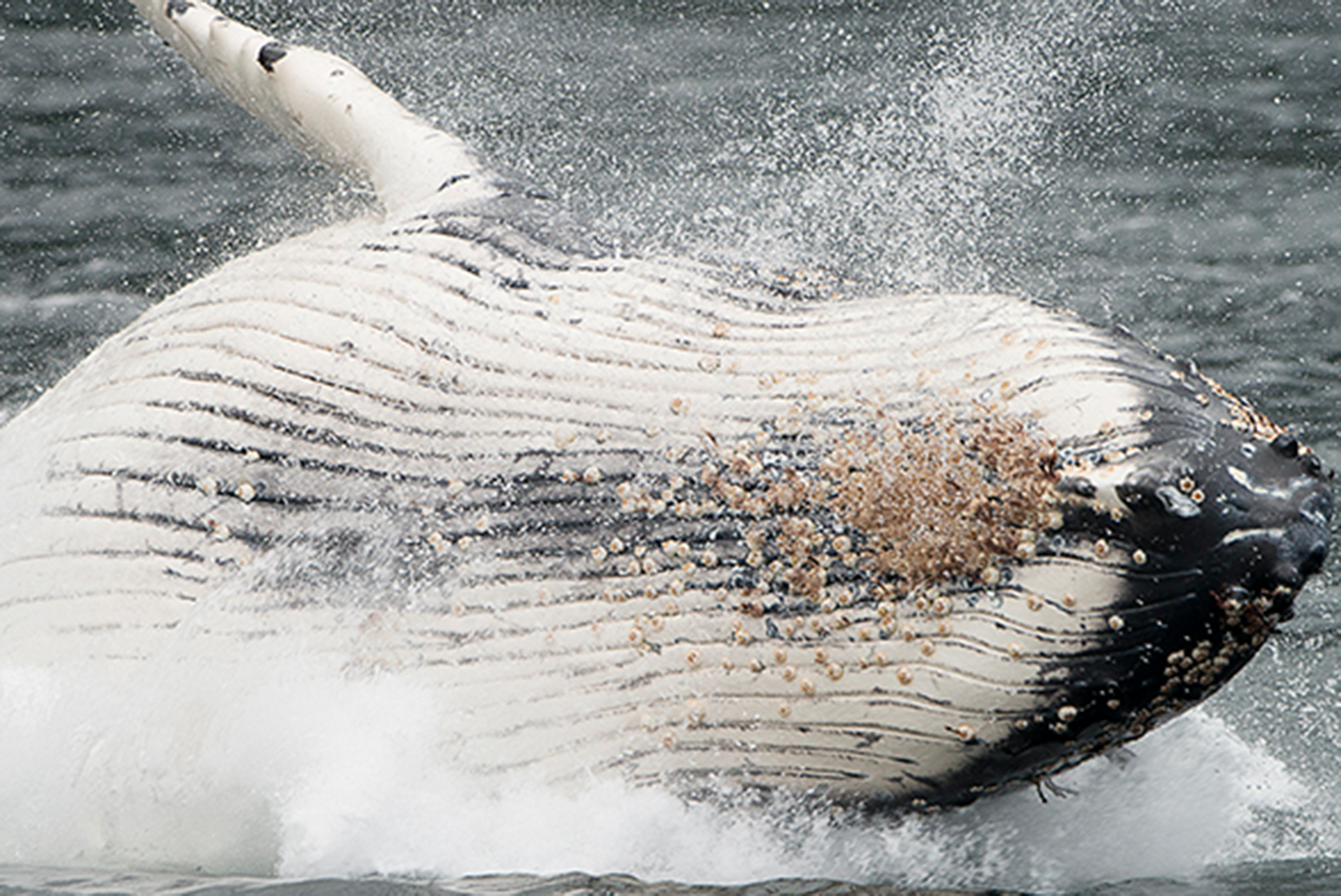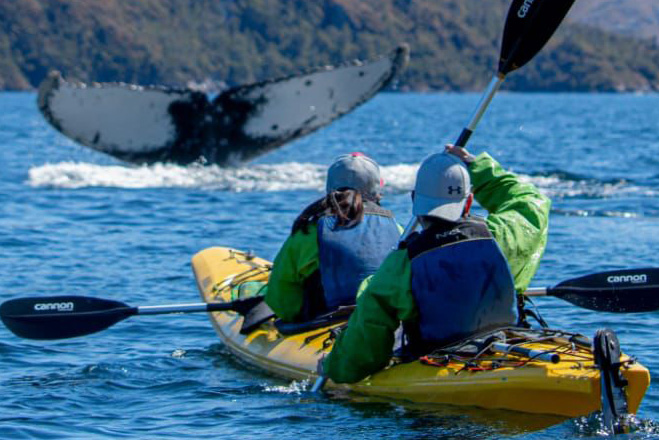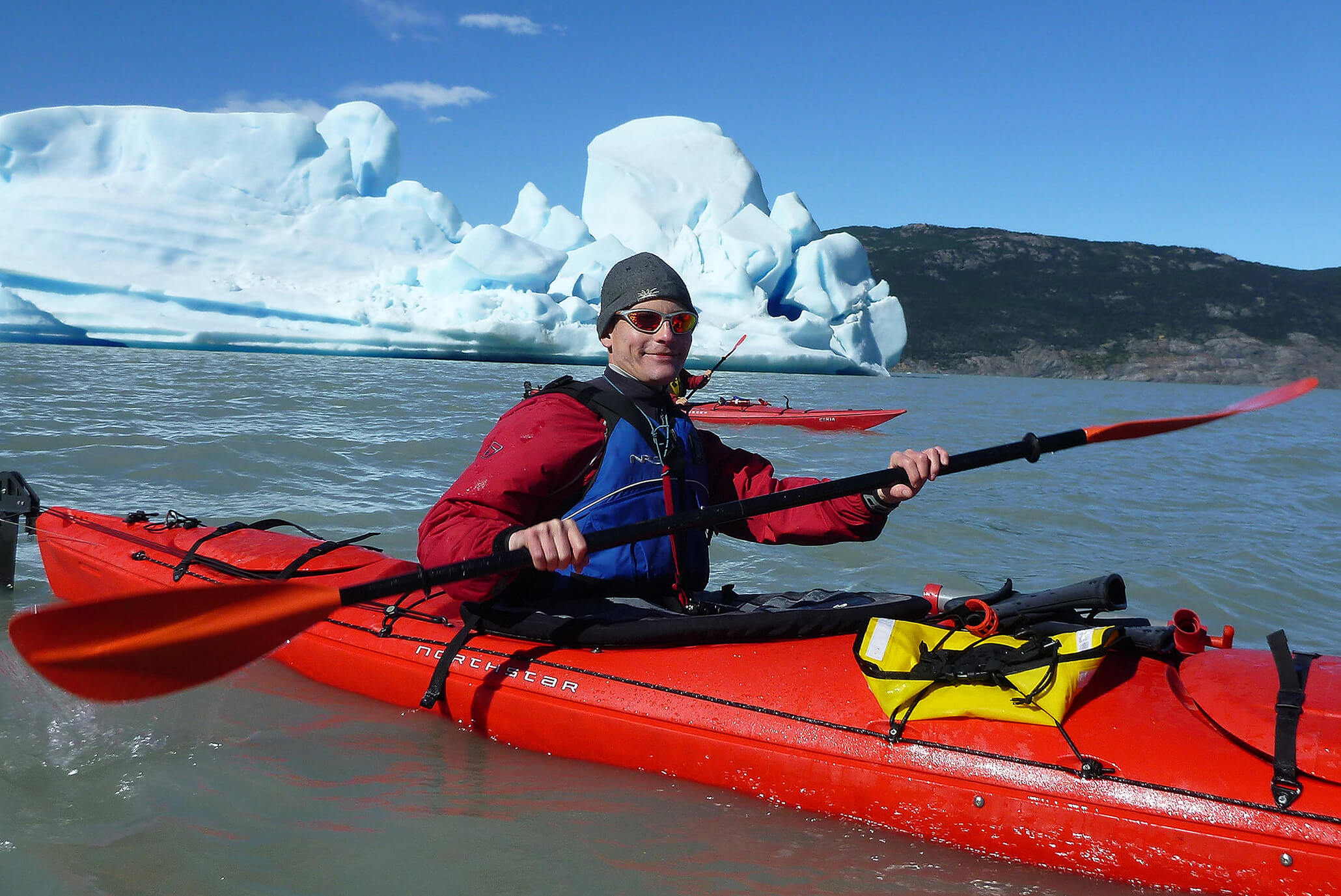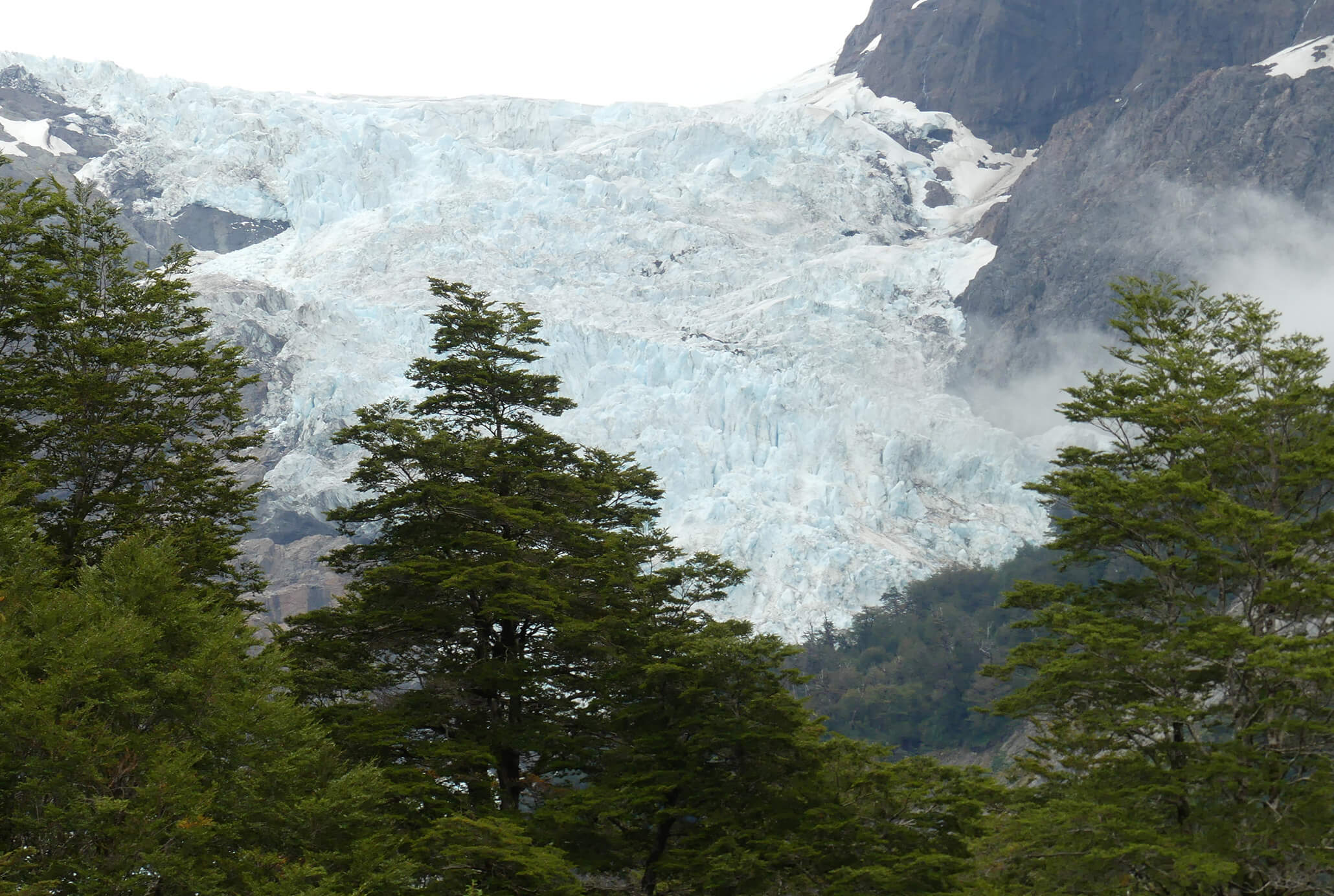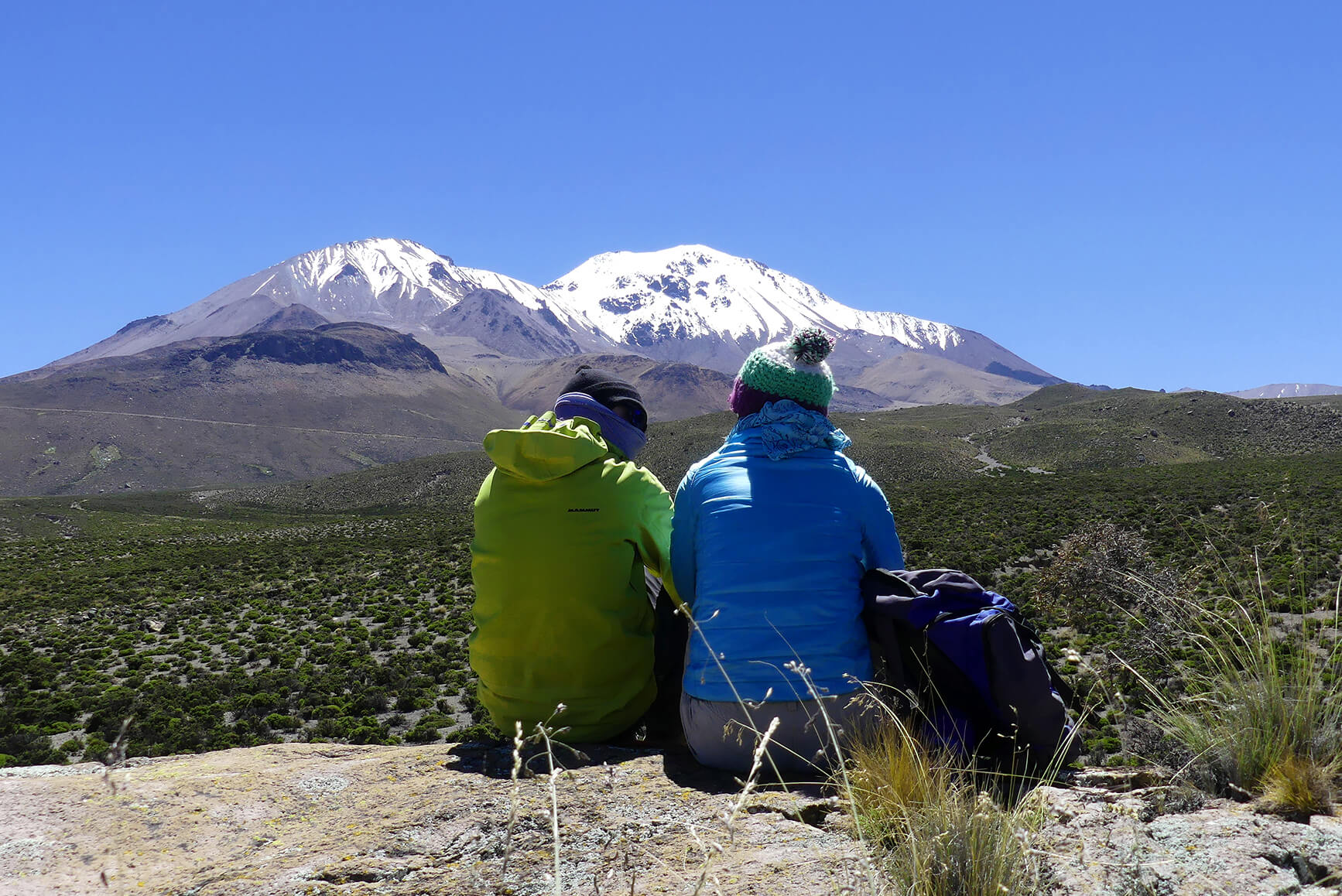Patagonia's most famous national parks
Discover the two most famous national parks of Southern Patagonia, Torres del Paine and Los Glaciares. On the multi-day guided hikes Torres del Paine W Trek or O Circuit you can spot everything from condors to pumas, kayak across mirror-still, glacier-fed waters, hear the creaking movements the vast Grey Glacier and wake up in campsites in some of the most naturally breathtaking mountain settings you’ve ever encountered. And explore on wonderful day hikes the fantastic mountain scenery of Cerro Torre and Fitz Roy.
Explore the untouched Northern Patagonia
The offbeat landscapes of Northern Patagonia offer many possibilities for travelers! Find complete tranquility in the secret Exploradores valley or beside the silent Yelcho glacier, away from the hubbub of tourist centers. Hike in the jagged shadow of Cerro Castillo’s snow-capped crests or explore the Carretera Austral (Austral highway) on a Road trip. Each day you spend in the Aysén region will offer something totally new.
Frequently asked questions - Trip Planning Patagonia
Patagonia Climate
Patagonia is generally a temperate zone with declining temperatures from North to South. Our tours in the region operate from September through March, covering the spring, summer and fall seasons in Chile. Daytime temperatures in Northern Patagonia during this period will range between 10°C (50°F) to 25°C (80°F); with anywhere from 25mm (1in) of rainfall to 80mm (3in). The South is characterized by heavy winds, up to 140km/h (95m/h), and sudden change of weather throughout the year. Daytime temperatures can range from 4°C (40°F) in the early fall season up to 25°C (80°F) in the summer; with an average monthly rainfall from 15mm (1/2 in) to in 20mm (3/4 in).
The weather in Patagonia is a mix of sun, wind, rain and snow. ... But weather can change unpredictable many times in one day. The saying goes that you can have all four seasons in one day.
However, global warming is also impacting Patagonia’s climate. The average temperature is rising which causes a noticeable reduction of the southern ice fields and other glaciers.
Best Season
The most ideal months to visit Torres del Paine National Park are November through February. However, to avoid crowds and ensure a bit more solitude on your hikes, consider visiting Torres del Paine in the shoulder seasons of October, March and April. If you don’t mind the cold, give some thought to a winter trek in June, July or August.
Currency
The Chilean Peso is the national currency of Chile. The easiest way to change US dollars into Peso is to go to one of the many exchange offices (casas de cambio). Most large size hotels, restaurants and shops accept credit cards (VISA, MasterCard, Diner’s Club and American Express). Cash points (ATMs) can be found at banks that are marked “Redbanc”.
Tips / Gratuities
For our Torres del Paine trekking guide, we recommend a tip of (equivalent) USD 80-100 per guest.
For the Torres del Paine porter team, we recommend a tip of (equivalent) USD 50-80 per guest.
In restaurants and cafés the average tip is 10% of the total invoice amount. Taxi drivers usually don’t get any tips.
Time Zone
The time difference between Chile and the Greenwich Mean Time (GWT) is minus 3 hours (minus 4 hours during Summer Time), and between the Middle European Time (MEZ) minus 4 hours (minus 6 hours during Summer Time). There is no time difference between mainland Chile and the US Eastern Standard Time.
Language
Spanish is the national language. However, locals call it “castellano” as their version of spoken Spanish which has a number of uniquely South American characteristics. A basic knowledge of the Spanish language would definitely be a big advantage when traveling through Patagonia as English is often not spoken at all.
Communication
Mail: Letters and postcards need seven to ten days to reach their destination in Europe, in the US and Canada.
Phone: You can find public phones and offices for placing phone calls (Centro de Llamados) in all city centers. From here you can make national and international phone calls.
Internet: All accommodation in the cities offers free internet access. In the national parks, there are only very few places with cell phone or internet reception.
Entry/Customs Regulations
To enter Chile or Argentina, you need a passport that is valid for at least 6 months.
After entering Chile, you will receive a tourist card (tarjeta de turismo), which allows each person entering the country to stay for 90 days. The copy of this tourist card must always be carried with the passport and is handed in when leaving the country. If you lose it, you must contact the nearest "Policia de Investigaciones" office.
Furthermore, you have to fill out an ONLINE customs declaration form in which you confirm that you are not bringing any kind of agricultural products (fruit, vegetables, meats, dairy products) into the Chile as it is not allowed. You are allowed to import tax free up to 2.5 liters of alcoholic beverages and 500 g (1 lb) of tobacco or 500 cigarettes or 100 cigars.
Find more information:
